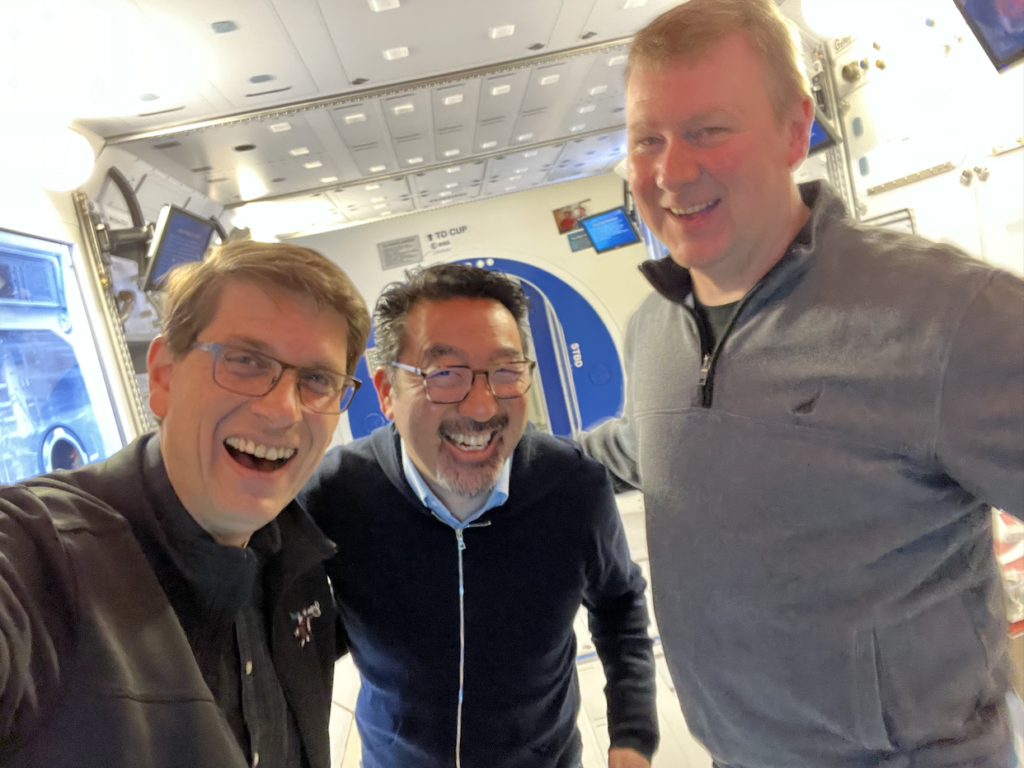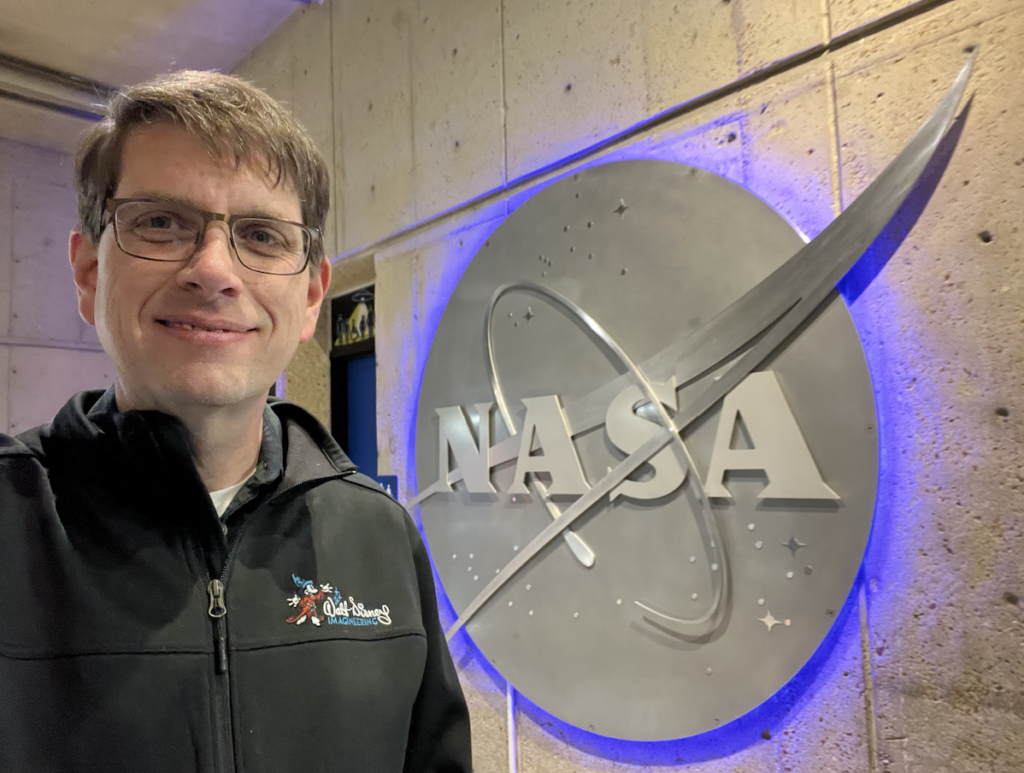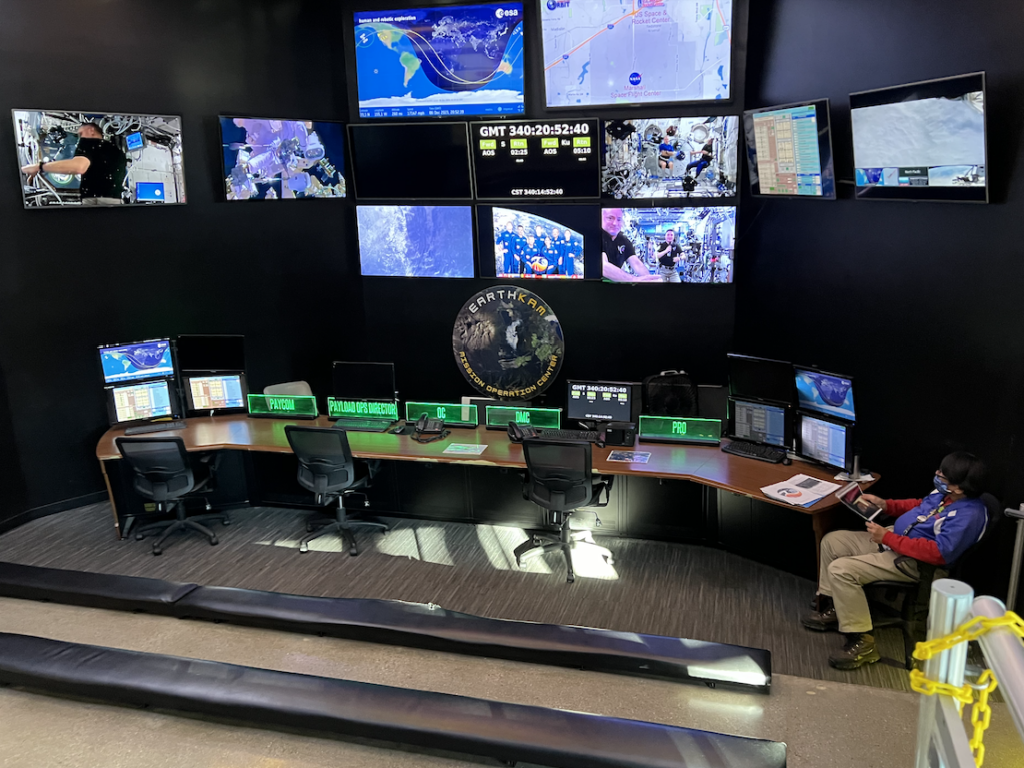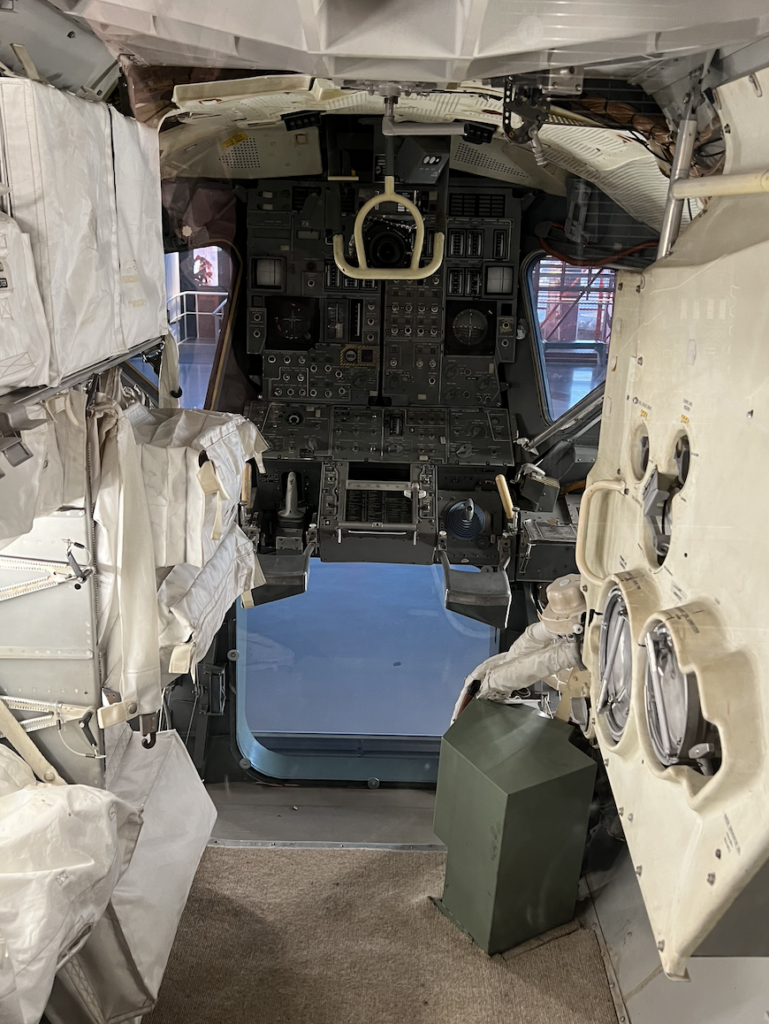What are your skills? I recently saw some research by IBM that suggests that general skills typically have a “shelf-life” of about 5 years. More critically, technical skills expire in about 2.5 years! Fundamentally that means that for us to stay relevant, we are always re-skilling, learning new things and mutating our skills to meet the fast-evolving landscape of technology. How does that feel to you? Exciting, exhilarating and well, maybe even a bit exhausting? I agree!
Constant change is the very nature of life and all of creation. Life and creative energy strive to grow against the gravity of the status-quo, branching and evolving to become more than it was before. Each generation breaks through the bedrock of normalcy and sends roots into the unknown and absorbs it, learns from it, and flourishes. Our generation is no different. Even today, we are on the verge of a vast shift in terms of technological change and disruption.
But there is a danger. Life yearns to become greater, yet our rival, death is in the shadows, lurking to devour us. Progress demands energy and determination, but it is difficult, and the burden can become heavy, sapping away our enthusiasm. There will be the temptation to stop, to stand still, or to give up. That negative propulsion tugs on us every day. But we have a choice. We can defy gravity. We can send our roots into the unchartered unknown, learn from it and grow. How do we do that?
Stay curious! Move forward, do new things, try new ideas, open new doors. What is current in tech? Explore it and learn about it. A world of endless possibilities lies ahead. We are made for this! To grow, to explore, to experiment, and to enjoy life and all creation. And yes, I know, we are but imperfect dust, stardust to be exact. But that stardust was reborn with a glorious purpose to shine and make a difference, to help each other, to learn, to build, and to grow into what has never been before.
The frontier awaits! Technology doesn’t stand still, it keeps moving, powered by human imagination and energy. Embrace the challenge and keep learning, keep growing.






























